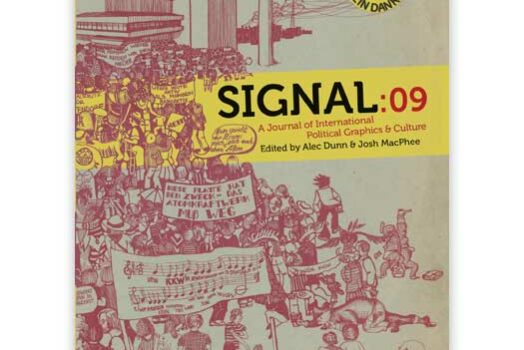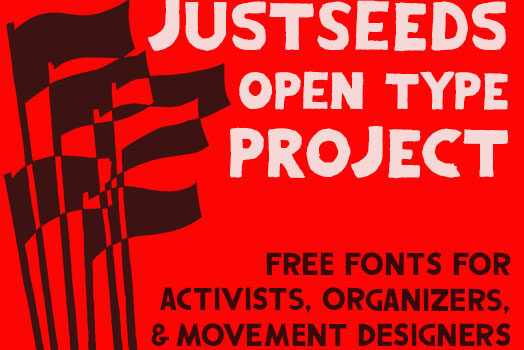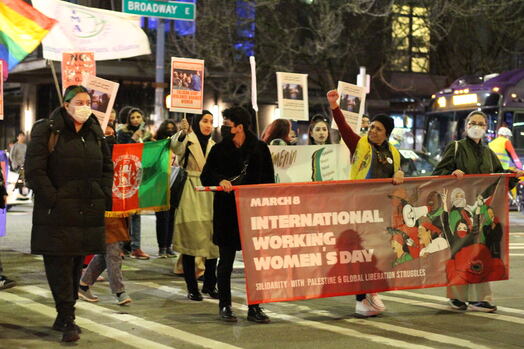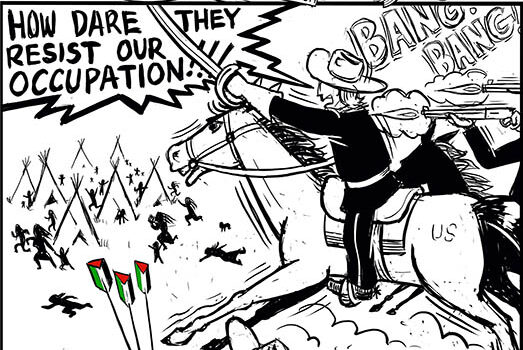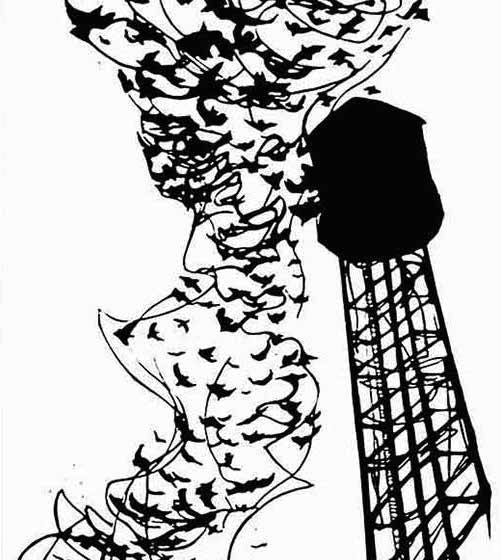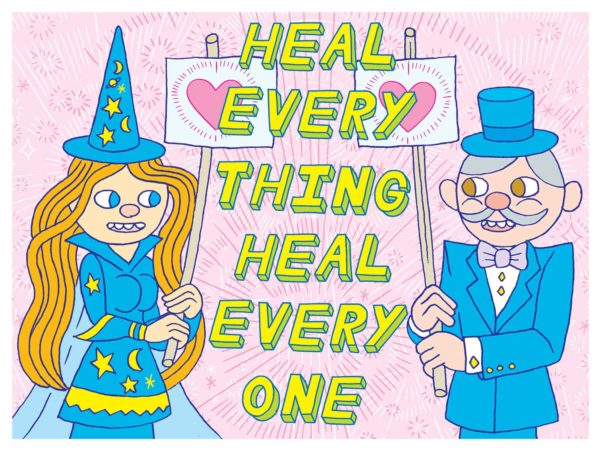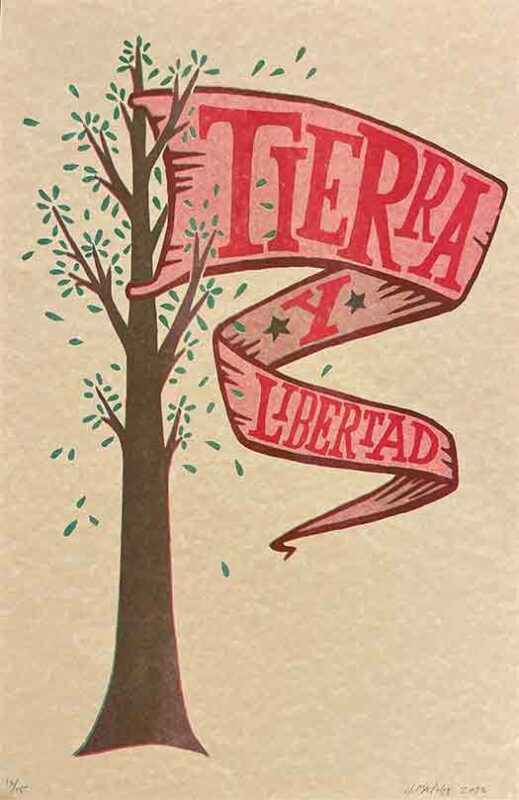Posting this on behalf of the author, Michele Zackheim.
A year before the Iron Curtain finally rusted and disintegrated into the dirt, I was in East Germany, Poland, Czechoslovakia, and Hungary. In the United States, there had been rumors floating in the air about the possibility of freedom and I wanted to experience that part of Europe before it changed. It was the winter of 1988 when I traveled with a backpack, notebook, and camera. Through a chain of like-minded people, I met other artists and writers; I stayed in their homes or rented rooms with strangers they recommended. Other than experiencing difficult times with sexually perverse aging Nazis in East Berlin and armed soldiers threatening to search me, I had a wonderful time!
Today reminds me of then. Repression. Fear. Certainly not so bad, I agree. But under the Bush regime, we are faced with four years of anxiety and the possibility of losing those rights spelled out so clearly in the Constitution. However, there is another side to this threat — a nuanced side, a side shaded with positive and hopeful tones.
Surprisingly, Eastern Europe before 1989 produced some of the most exciting work of the century. I was dazzled by what I saw. It was work that took chances. Work that challenged the regimes. Work that wormed its way through idiotic censors – or was blackballed and then published as clandestine pamphlets. And I heard amazing experimental music and saw innovative theatre; some actors had to mime because they were in fear of opening their mouths. In underground cafés, while drinking cheap vodka or ersatz coffee, I listened to endless conversations about freedom and art.
The only color I remember seeing in the streets was a vase of yellow daffodils in a shop window in East Berlin. Otherwise, everything was drab, without vividness. Except for the visual arts. Rather than drearily reflecting the state of their world, the painters and sculptors that I saw were engaged in work that was innovative and thrilling. It was as if their ideas had been born in a part of their imagination that I knew nothing about. I felt off kilter, almost as if I had been on a Ferris wheel and could not find my balance. I was struck with their lack of competition for money and fame. Of course, there was some, but I did not see it.
There were a few galleries in the major cities, but essentially no money to run them. It was freezing. The museums were staffed with women in kerchiefs, wearing their winter coats with slippers. They sat on hard chairs in the corners of each gallery. Every time a viewer walked in, they would rise and turn on the lowest-kilowatt light bulbs. When the viewer left, they turned them off. Every art venue was on a strict budget.
Once Eastern Europe joined the rest of the West, much of its art became Western European and American. The artists lost the dust in their corners, the furtive thrust of rage against repression. It is understandable that artists want food and shelter like everyone else. And it is also understandable that they are continuing to reflect their culture in this time in new ways. But we can learn from their history.
What can artists do in the United States? We are fortunate. We have only two years before another set of important elections. So far, we do not have to worry about the endlessness of a regime. I encourage artists to take advantage of this time. Fight the good fight in the outside world. But at the same time, explore that part of yourselves that has been lying dormant, apprehensive about tyranny . . . anxious about repression. Dig into those artistic dark corners that have nothing to do with money — those corners that have been covered up because of the need to compete for gallery space and fame. I hope this will be the only time in your life when you have this opportunity. See what happens. You may be surprised.
— Michele Zackheim
Yellow Daffodils
January 17, 2005
